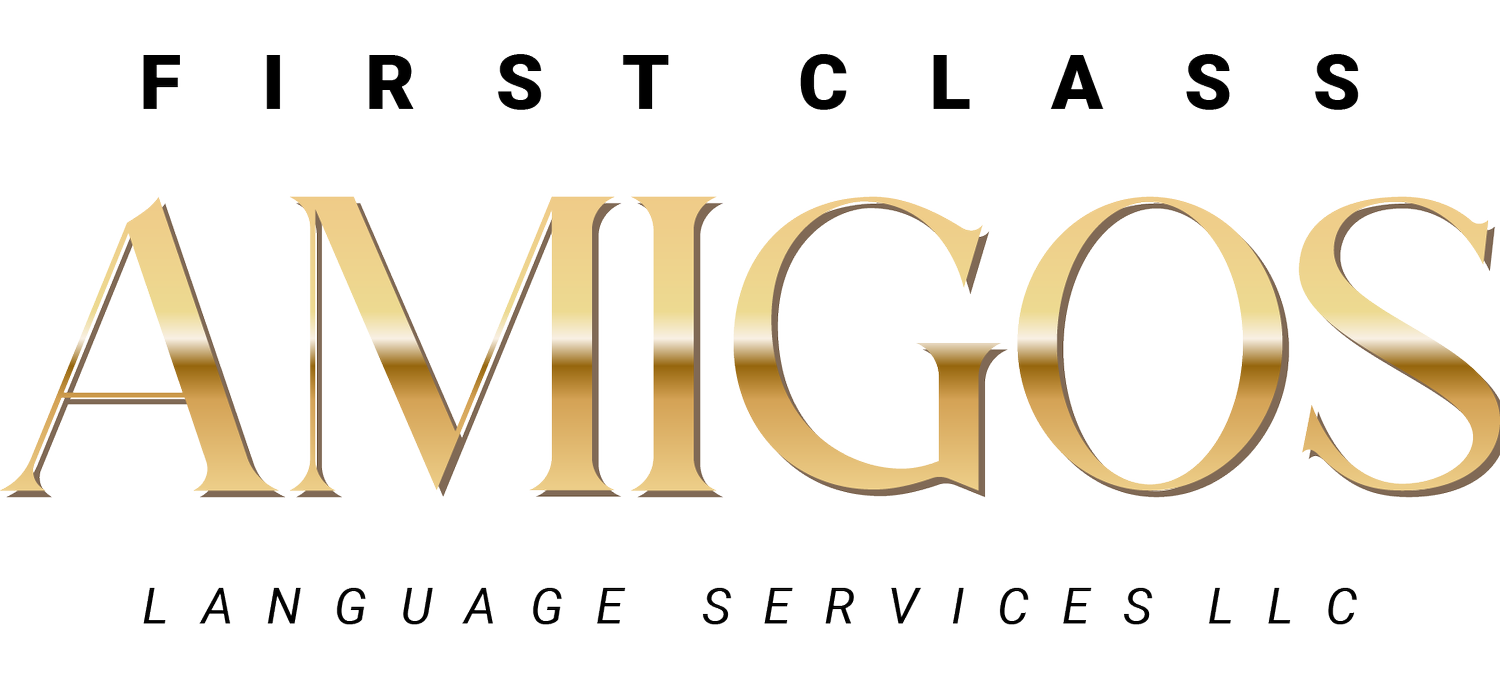References
Aoumeur H. (2017). The Impact of Class Size on Teaching and Learning English as a Foreign Language: The Case of the Department of English at Abdelhamid Ibn Badis University. Arab World English Journal, 349-361.
Brown, H. D., and Abeywickrama, P. (2019). Language assessment: principles and classroom practices. 3rd ed. White Plains, NY: Pearson Education.
Brown, H., & Lee, H. (2015). Teaching by principles: An interactive approach to language pedagogy (4th ed.). White Plains, NY: Pearson Education.
Council of Europe. (2001). Common European framework of reference for languages: Learning, teaching, assessment. Cambridge, England; Cambridge University Press.
DeCapua, A. (2018). Culture Myths: Appling second language research to classroom teacher. Ann Arbor: University of Michigan Press.
Graves, K. (2000). Designing language courses: A guide for teachers. Boston, MA: National Geographic Learning.
Guerrettaz, A. M., & Johnston, B. (2013). Materials in the classroom ecology. The Modern Language Journal, 97(3), 779-796.
Iglesias, M. (2016). Language travel supply: The language learning programme. Procedia - Social and Behavioral Sciences, 232, 242-249.
Iglesias, M. (2017). Language travel supply: Language tourism product composition. International Online Journal of Education and Teaching (IOJET), 4(1), 1-17.
Russell, B. D. & Kuriscak, L. M. (2015). High School Spanish Teachers' Attitude and Practices Toward Spanish Heritage Language Learners. Foreign Language Annals, 48(3), 413-433.
Lazar, G. (1993). Literature and language teaching: A guide for teachers and trainers (Cambridge teacher training and development). Cambridge, England: Cambridge University Press.
Lockwood, R. B. (2017). Flip it!: Strategies for the ESL classroom. University of Michigan Press.
Maley, A., & Tomlinson, B. (Eds.). (2017). Authenticity in materials development for language learning. Cambridge, England: Cambridge Scholars Publishing.
Ministerio de Cultura del Perú (2018). Quechua. Base de Datos de Pueblos Indígenas u Originarios.https://bdpi.cultura.gob.pe/lenguas/quechua#:~:text=Poblaci%C3%B3n%20que%20tiene%20la%20lengua,hablar%20en%20la%20lengua%20quechua.
Montrul S. (2012). Is the heritage language like a second language?. Montrul - EUROSLA Yearbook, 12(3), 1-29
Ortega, L. (2013). Understanding second language acquisition. London, England: Hodder Education.
Richards, J. C. (2013). Curriculum approaches in language teaching: Forward, central, and backward design. RELC Journal: A Journal of Language Teaching and Research in Southeast Asia, 44(1), 5-33.
Shrum, J., & Glisan, Eileen W. (2010). Teacher's handbook: Contextualized language instruction (Fourth ed.). Boston, Mass.: Heinle Cengage Learning.
TESOLacademic (2018, January 12). Professor Brian Tomlinson. Material Development in TESOL: Trends and Issues. Retrieved from https://www.youtube.com/watch?v=LCme36nU5rU
Van Deusen-Scholl, N. (2009). Toward a Definition of Heritage Language: Sociopolitical and Pedagogical Considerations. Journal of Language, Identity & Education, 2(3), 211-230,
Yi, H. (2008). The Effect of Class Size Reduction on Foreign Language Learning: A Case Study1. Language and Linguistics Compass, 1080-1108.
Zavala, V. (2011). Racialization of the bilingual student in higher education: A case from the Peruvian Andes. Elsevier, 22(4), 393-405,
